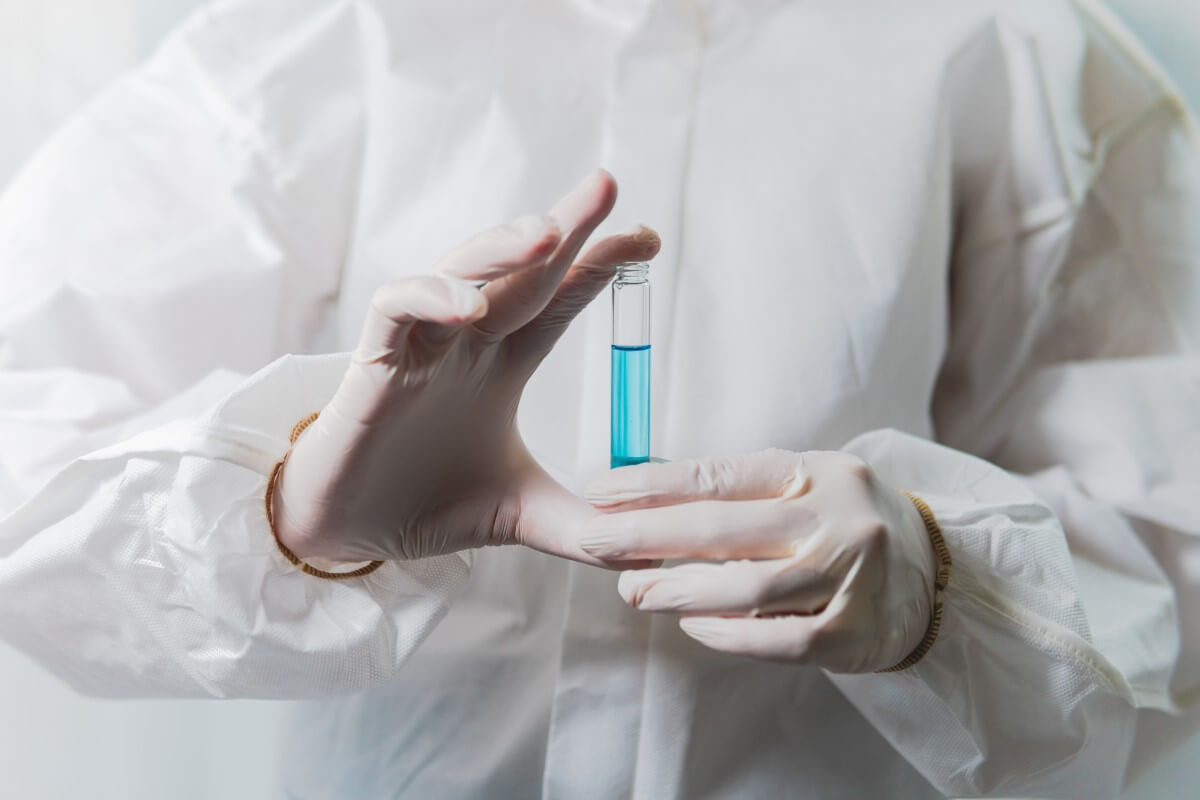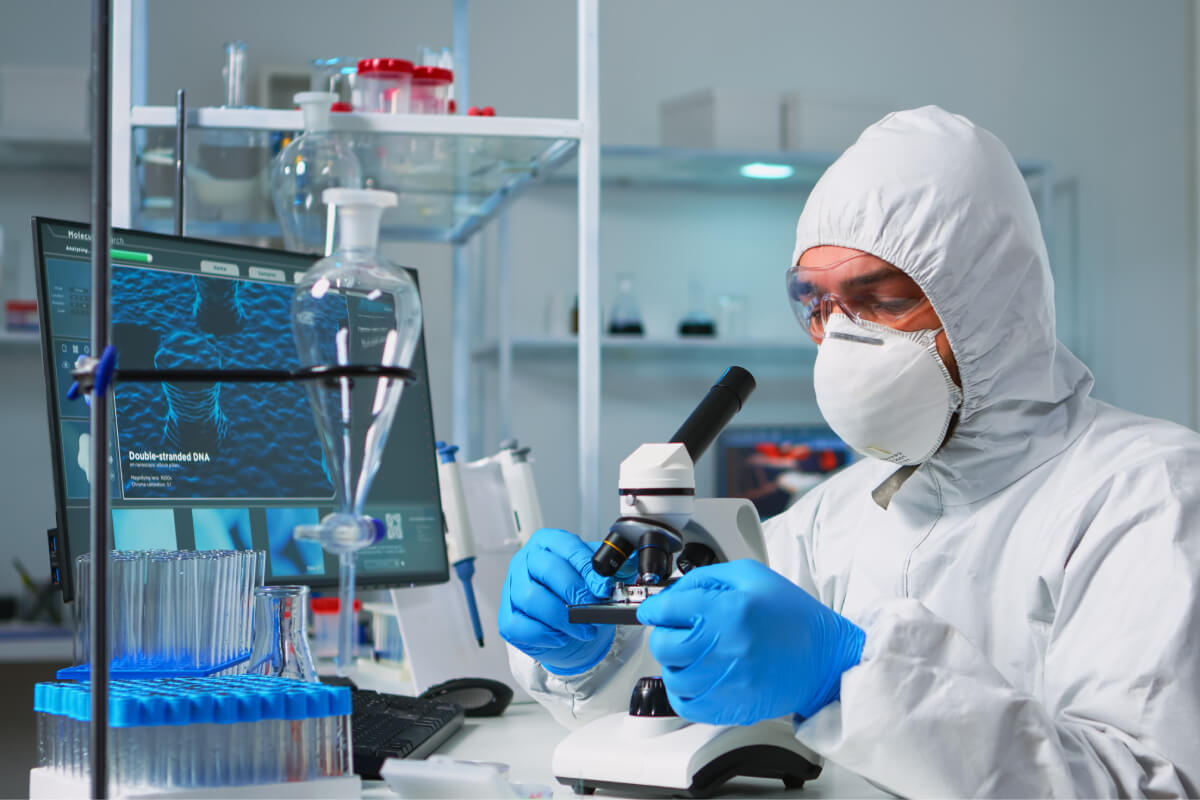How Much Does It Cost To Sequence A Whole Genome?
Whole Genome Sequencing Cost
Each cell in the human body (except for mature red blood cells and platelets, which do not contain a nucleus) contains a complete copy of the human genome. Your genome stores all your genetic information so that your DNA can be constantly replicated to create new cells and keep all your cells running properly. Your DNA is made up of nucleotides — adenine, cytosine, guanine, and thymine — which bind together to create base pairs. There are approximately 3 billion base pairs in human DNA, and whole genome sequencing (also known by its acronym WGS) allows you to learn about genetic variants affecting any of your genes.
For example, you can learn about your predisposition to certain conditions, identify altered chromosomes that can result in rare diseases in your offspring, and even determine how you’ll react to specific medications. Just how much does it cost to have your whole genome sequenced? Let’s find out.
Can You Get a Whole Genome Sequenced
The Human Genome Project was groundbreaking for its time. It used sequencing methods that were amazingly innovative then but have fallen out of use over time, such as Sanger sequencing. Sanger sequencing, along with other first-generation sequencing methods, was time-consuming and expensive since they were only able to sequence small DNA fragments. This technique has since been improved upon, and while it’s still used for very specific purposes, it would be practically impossible to make genetic testing widely available if other techniques hadn’t been developed.
That’s where next-generation sequencing (NGS) or high-throughput sequencing methods come into play. Over time, biotechnology companies and genomic researchers have developed sequencing platforms that have become increasingly automated and can sequence longer DNA fragments in one go — thus making DNA sequencing faster and cutting sequencing costs. Thanks to these advances, it’s now possible to sequence an entire genome in a short period of time and for a reasonable cost.
Whole genome sequencing (also known as WGS) can be used for many different purposes. Some people choose to get their genome sequenced to learn more about their ancestry, whereas others want to have more control and knowledge over their potential health risks. Genetic information can also be used by prospective parents for genetic counselling or prenatal testing. Sequencing data can also be used to achieve a personalised approach to healthcare and create public health programs tailored to each community’s requirements.
As newer sequencing technologies have become available, more and more companies have started to offer consumer genetic testing to the general public. It’s important to conduct your own research before choosing a genetic test company. If you’re interested in DNA testing, it can also be a good idea to ask a geneticist for recommendations. Some DNA tests are available on a direct-to-consumer basis, whereas others may require a physician’s prescription.
You should always consider reviewing your results with a specialist who can help you understand the significance of the information contained in your genetic data.
How it Started?
Once upon a time — or really, a few short decades ago — sequencing a single human genome was an extraordinarily expensive endeavour. In fact, the Human Genome Project represented the first time in history that the base pairs of human DNA were sequenced in their entirety. It took 13 years to complete (from 1990 to 2003), and it required the collaboration of dozens of research centres, universities, and scientists from different continents.
By the time the Human Genome Project was completed, it had cost nearly $3 billion. But as modern sequencing platforms became available, the cost of having an individual genome sequenced has steadily decreased.
Even before the Human Genome Project was successfully completed, there was a growing interest in DNA sequencing. As a result, numerous bioinformatics companies focused on creating new technologies, sequencers, and consumables that would allow them to offer genetic testing at affordable costs. Everyone from small startups to global companies devotes funds to developing these new sequencing services, which resulted in what is now called the “$1,000 genome” era.
Biotechnology Companies such as Illumina, Pacific Biosciences, Full Genomes Corp., 454 Life Sciences, Veritas Genetics, Dante Labs, and Solexa started working towards the development of sequencing platforms that would allow them to offer whole genome sequencing for $1,000 or less.
The process took several years, but eventually, Illumina’s HiSeq X Ten System was the first sequencing platform to achieve WGS for less than $1,000. Suddenly, genome sequencing wasn’t a distant fantasy; instead, it became a test that was now accessible to millions of people around the world. But these companies didn’t stop at $1,000 — costs have dropped even lower since then, and they’re expected to continue to do so in the future.
Thanks to these newer sequencing platforms, large-scale projects have been undertaken with the goal of sequencing many human genomes to gather information about different areas of human health. For example, the Harvard Personal Genome Project (PGP) was launched by George M. Church (co-founder of Nebula Genomics) in 2006; the project aims to sequence the genomes of 100,000 volunteers to advance research into genomics and personalised medicine.
Why Whole Genome Sequencing Costs Less Than Testing A Single Gene
When your DNA undergoes whole genome sequencing, the sequencer can simply analyse the entirety of your DNA. After sequencing, annotations are made to analyse the data using bioinformatics. But when single-gene testing is performed, the DNA requires extensive manipulation to isolate the desired gene and deliver precise results. And in some cases, this can make single-gene testing much more expensive than whole genome sequencing.
The cost of single-gene testing can vary widely, ranging from around $100 to several thousand dollars. BRCA testing, for example, traditionally costs $3000 to $4000 for a single gene. WGS, on the other hand, can detect the desired gene in addition to any other genetic variant without costing thousands of dollars.
So even if you pay slightly less for single-gene testing, you’re getting a much smaller amount of genetic data than you would, as compared to whole genome sequencing. That explains scientists believe that WGS is widely expected to replace many single-gene tests in the future.
Where Can I Get My Genome Sequenced
Does SuperDNA Do Whole Genome Sequencing?
Yes. SuperDNA offers direct-to-the-consumer whole genome sequencing . This means that anyone can go online and purchase their whole genome sequencing service, which is called ‘Ultimate Genome Sequencing.’
Does 23andMe Do Whole Genome Sequencing?
No. 23andMe — similarly to many other DNA testing companies — relies on a process called DNA genotyping rather than DNA sequencing. Genotyping is only meant to determine which genetic variants are present in your DNA, but it doesn’t sequence the entirety of your base pairs. Since genotyping doesn’t analyse your whole genome, these tests require you to previously identify variants of interest in order to be able to spot them on the test.
Does Ancestry.com Do Whole Genome Sequencing?
No. Ancestry.com uses a technique called autosomal DNA testing. Although autosomal testing analyses a large portion of your chromosomes, these tests usually examine approximately 1 million SNPs out of 3 billion possible base pairs, meaning that it still only inspects a small portion of your full genome.
Does MyHeritage Do Whole Genome Sequencing?
No. MyHeritage uses microarray-based autosomal DNA testing to look for genetic variants which are associated with particular traits or ethnicities. Rather than sequencing your entire DNA, MyHeritage rapidly scans for markers across your genome to identify your ancestry and certain health markers.
Does FamilyTreeDNA Do Whole Genome Sequencing?
No. FamilyTreeDNA offers different types of genetic tests, including WES, Y-chromosome DNA testing, and mitochondrial DNA testing rather than WGS. These tests can provide a large amount of genetic data, but they still won’t be able to sequence your entire genome.




